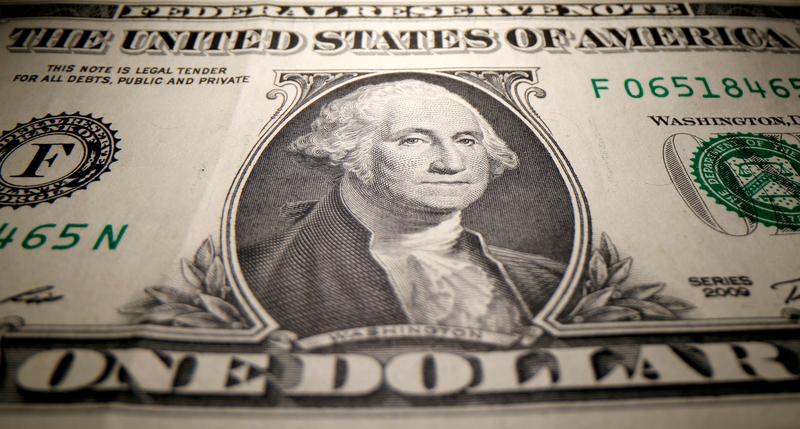SINGAPORE (Reuters) – The dollar was pinned near recent lows on Wednesday as investors awaited U.S. jobs data for a guide on the interest rate outlook, while a drop in unemployment in New Zealand lifted the kiwi in anticipation that rate hikes could begin there within weeks.
Labour markets are in focus the world over as a bellwether for policy shifts, since central bankers from Wellington to Washington have said a job recovery is a precondition for raising rates.
A sharp drop in New Zealand’s unemployment rate, which fell to 4% last quarter, sent the kiwi 0.6% higher to a one-month top of $0.7066 as swaps markets fully priced in a 25-basis-point cash rate hike in August.
“The heat we’ve been hearing and warning about regarding New Zealand’s labour market has been borne out,” said analysts at Bank of New Zealand.
“This surely removes any doubt about the (central bank) soon removing its foot from the accelerator,” they said, adding there is a chance of a 50-basis-point hike this month and that they expect the cash rate, currently at 0.25%, to hit 1% by November.
Opposite concerns seemed to weigh on the greenback, as doubts over the economic recovery creep in to bond and currency markets, with partial jobs data due later on Wednesday and non-farm payroll figures due on Friday the next focus.
The U.S. dollar fell marginally on the euro during the Asia session to touch $1.1875 against while stubbornly low U.S. yields gave support to higher-paying Asian currencies.
The South Korean won rose for a third straight session, adding 0.5% on Wednesday, while the Singapore dollar hit a one-month high and the Indonesian rupiah touched a seven-week peak. [EMRG/FRX]
A backdrop of worries about the Delta coronavirus variant has also put support behind safe-haven currencies such as the Japanese yen and Swiss franc.
After falling since the start of the year, the Japanese yen changed course in July and has gained about 2.5% against the dollar in a month. It touched its highest since late May on Tuesday and was steady at 109.02 on Wednesday.
The franc sat by a seven-week high of 0.90235 per dollar that it made on Tuesday.
“The big dollar picture is that there is a pullback in Fed hike expectations and we’ve seen the U.S. dollar head south,” said National Australia Bank senior strategist Rodrigo Catril, adding the focus was now on the rates implications of jobs data.
“We’ve all seen progress in the labour market, but the question is how much is good enough,” he said.
Economists polled by Reuters expect ADP payrolls data, due around 1215 GMT, to show 695,000 jobs were added last month – roughly steady on a month earlier – and for Friday’s non-farm payrolls to show 880,000 jobs added in July.
Catril said it could take several consecutive months of that kind of growth, or even stronger, to bring down unemployment sufficiently for the Federal Reserve to take note.
A speech at 1400 GMT from Federal Reserve Vice Chair Richard Clarida will be closely watched for any clues on policymakers’ thinking.
Also in focus later on Wednesday will be Eurozone retail sales data and a U.S. services survey, with both watched for readings on the state of the economic recovery.
Sterling was steady ahead of a Thursday Bank of England meeting, buying $1.3927 with traders eying the $1.40 mark should policymakers sound hawkish about tapering bond purchases or hiking rates. [GBP/]
In emerging markets, traders are awaiting central bank meetings in Thailand and Brazil, with opposite expectations.
The Thai baht is teetering on the brink of a multi-year trough as rates are expected to be low for a long time, while Brazil’s central bank is seen lifting rates by a full percentage point to tame runaway inflation.
Source: Read Full Article
